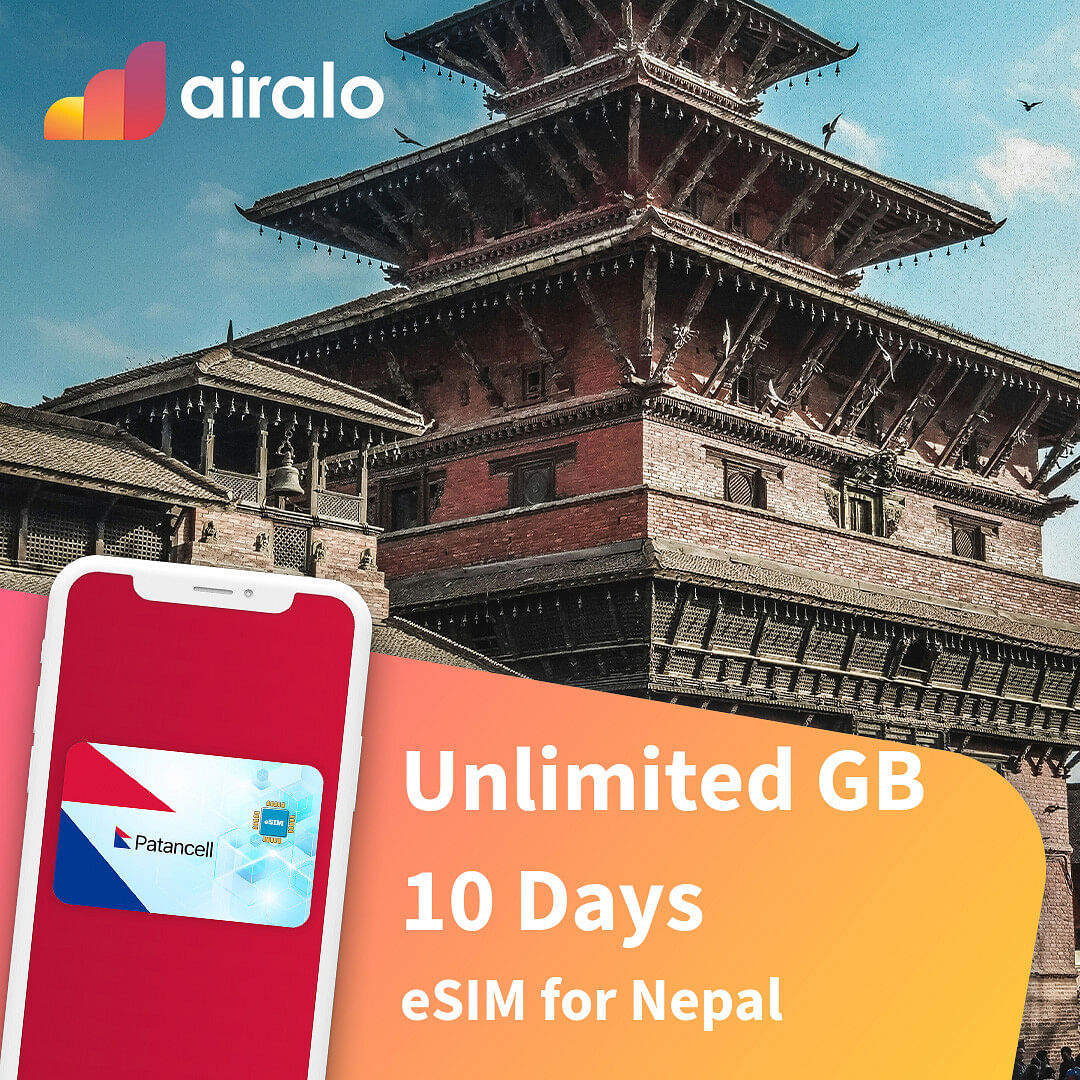
Nepal Opens 97 Hidden Himalayan Peaks for Free
Nepal, home to eight of the world’s 14 tallest mountains, is rewriting the rules of Himalayan adventure. In an unprecedented move, the government has announced that climbers can now attempt 97 stunning peaks in the country’s remote western regions without paying any permit fees—a perk that will last for the next two years. The decision comes at a time when Mount Everest, the crown jewel of Himalayan expeditions, is facing record levels of tourism, with hundreds of climbers each season vying for a spot on its already congested slopes. By shifting attention toward less-frequented yet equally breathtaking summits, Nepal hopes to spread the economic benefits of mountaineering to overlooked provinces, reduce pressure on Everest, and introduce adventurers to landscapes that, until now, have remained largely untouched by international trekking traffic.
From towering giants like Api (7,132 m) to rugged gems such as Saipal (7,030 m), these newly accessible peaks promise challenging climbs, pristine wilderness, and a cultural experience steeped in the traditions of remote mountain communities. The move isn’t just a tourism strategy—it’s a deliberate effort to rebalance Nepal’s mountaineering narrative, opening the door to a new era of exploration far beyond the crowded Everest Base Camp trail.
Objectives Behind the Move
Nepal’s tourism officials explained that the waiver aims to:
- Attract climbers to remote, scenic, yet less-frequented areas, moving tourism beyond traditional hotspots
- Stimulate local economies by creating jobs and generating income in regions that have historically ranked low on the Human Development Index.
- Alleviate pressure on Everest, which has been grappling with overcrowding, environmental degradation, and safety concerns.
Simultaneous Permit Reforms for Safety and Sustainability
To reinforce the shift in tourism patterns and enhance climbing ethics, the government is also considering the following changes:
- Raising Everest permit fees: Scaling permits are set to increase from US $11,000 to US $15,000, effective September 2025.
- Mandating prior high-altitude experience for Everest climbers: A proposed amendment to the Tourism Act would require aspirants to have previously summited a 7,000 m+ peak before attempting Everest.
Strategic Impacts – A Closer Look
| Objective | Action | Expected Outcome |
|---|---|---|
| Diversify tourism reach | Waived permit fees for 97 peaks | Draws climbers to previously neglected areas |
| Ease Everest congestion | Permit fee hike and experience requirement | Higher safety standards and less crowding on Everest |
| Boost regional economies | Incentivize exploration of remote regions | Job creation, infrastructure development, community uplift |
By offering cost-free access to lesser-known Himalayan peaks, Nepal is turning a page in its adventure tourism narrative—encouraging exploration, promoting equity, and echoing a commitment to sustainability.
Tips for Nepal and Everest Visitors
1. Time Your Trip Wisely
- Best seasons for trekking and climbing are pre-monsoon (March–May) and post-monsoon (late September–November) when skies are clearer and conditions more stable.
- Avoid the summer monsoon for high-altitude climbs unless you’re specifically aiming for a challenging, off-season experience.
2. Train and Acclimatize
- Start a fitness and endurance routine months in advance, focusing on cardio, strength, and stamina.
- Schedule extra days in your itinerary for gradual acclimatization—altitude sickness can strike even the fittest climbers.
3. Choose the Right Peak
- If Everest feels too crowded or costly, explore newly opened fee-free peaks like Saipal or Api—stunning and far less trafficked.
- Research difficulty levels and technical requirements before committing.
4. Get the Right Permits (If Needed)
- While 97 peaks are temporarily free of permit fees, many others still require them.
- Double-check Nepal’s Department of Tourism website or go through a licensed trekking agency to ensure you’re compliant.
5. Pack Smart and Light
- Prioritize layered clothing, a good sleeping bag (-15°C rated), and broken-in boots.
- Don’t skip essentials like water purification tablets, a headlamp, and a lightweight down jacket.
6. Respect Local Culture
- Learn a few Nepali greetings—“Namaste” goes a long way.
- Dress modestly in villages and always ask before photographing locals.
7. Hire Local Guides and Porters
- Not only does this support the economy, but local guides know hidden trails, weather patterns, and safety shortcuts.
- Use agencies registered with the Trekking Agencies’ Association of Nepal (TAAN) for reliability.
8. Be Prepared for Unpredictable Weather
-
Himalayan conditions can change within hours—carry a rain shell even on sunny days.
-
Always have an extra buffer day or two in case of flight delays, especially in Lukla.
9. Go Eco-Friendly
- Carry reusable bottles and avoid single-use plastics.
- Bring your waste down with you, especially on less-frequented peaks where clean-up services are scarce.
10. Get Insurance That Covers High Altitude
-
Standard travel insurance may exclude trekking or climbing above certain elevations—ensure your policy covers up to 6,000 m or higher if needed.










